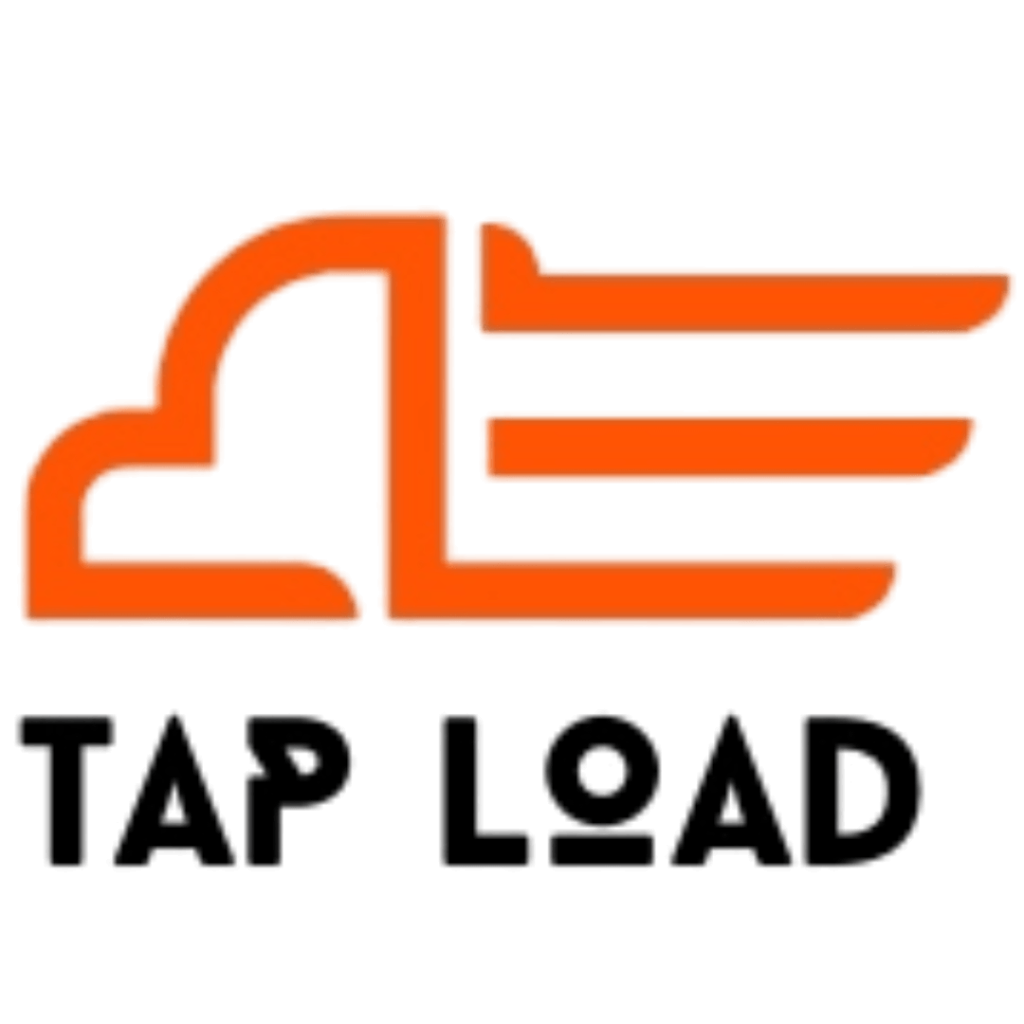Introduction
In an always-changing logistics revolving, the capacity to efficiently manage and position cargo is a vital factor in determining operational success. In addition to ensuring the safety of goods during transit, proper cargo placement will optimize space, reduce fuel consumption, and meet required regulations. Currently, system-and-tool technology has made the placement of cargo more accurate and reliable than ever before. This article shall delve into cargo optimization, levels of cargo management, high-performance logistics practices as well as strategies for optimal placement of cargo with which solutions like Tap Load can make a transformative difference.
Cargo Optimization Levels
Cargo optimization involves multiple levels of approaches that must be implemented to ensure effective and efficient use of resources. These include:
Space Utilization:
1.to ensure that every inch of cargo space available is utilized as optimally as possible, therefore ensuring the least possible empty space and maximizing cost efficiency. The techniques include stacking and grouping of the intermodal unit based on cargo type and size.
2.Use of tools such as 3D modeling software to simulate and generate patterns for optimal loading of cargoes within spaces for maximum space efficiency.
Load Balancing:
1.Distribution of weight evenly across the vehicle to achieve balance, stability, and safety in vehicle operation by minimizing the risk of tipping and/or mechanical failure.
2.Preventing Specific Axle Overload for Vehicle Compliance, Safety, and with the Support of Onboard Weighing Systems Like Tap Load.
Route Optimization:
1.Linking strategies for cargo placement with optimal routing so as to cut down transit time and fuel costs in timely deliveries.
2.Cross pollination between cargo placement and scheduled delivery times facilitating unloading as well as logistics.
Dynamic Adjustments:
1.To ensure on-time adjustments to cargo placement on a real-time basis, hence focusing on unexpected changes such as delays or additional loads during transit.
2.Smart onboard monitoring systems that are specific to ensure that cargo is not only buckled but also in position throughout the journey.
All these levels enhance a company’s seamless and efficient cargo handling methods that, in turn, multiply profit margins while maximizing safety.
High-Performance Cargo Logistics
The systems and technologies that compose high performance cargo logistics are oriented toward improving efficiency and safety in the management of the entire transportation process. Some of these aspects include:
1. Automation and technology:
1.Including automated systems and robots in the processing of cargo loading and unloading to minimize the chances of human error or delays in operation.
- Employing AI-powered software to analyze and optimize patterns for cargo placement to make accurate decisions at all levels.
2. Real time monitoring:
1.Sensors and IoT devices – monitoring checks conditions of the cargo including temperature, humidity, and motion. What’s got the system Tap Load is its ability to give real-time alerts for risks due to load shifting or tampering.
- Provide total visibility into the weight distribution of the cargo, enabling the operator to plan the load properly in transit.
3. Integration with fleet management:
- Linking cargo optimization efforts with fleet management systems for integrated supervision. And thus, this further contributes to decision making and operational visibility.
- Whereas vehicle performance and maintenance schedules are properly corresponding with cargo placement for optimized efficiency.
4. Sustainability measures:
- These include adopting green logistics practices by optimizing load efficiency to produce fewer emissions and energy use.
2.These include light packaging materials to improve the fuel consumption capability of vehicles with no harm to cargo safety, such as with Tap Load’s innovative solutions.
High-performance cargo logistics render efficacious in the companies striving to make various changes for their future competitive needs by bringing together the best tools with practices that evolve.
Optimal Cargo and Logistics
Balanced optimum placement of cargo can be achieved by planning, technology infusion, and conformance to best practice. Among the following relevant strategies:
1.Advanced Planning Tools:
-Use of software to pre-plan loading arrangements, based on cargo dimensions, weight, and delivery priorities, thereby committing all errors made and improving efficiency.
-Simulation of different loading buildup will allow the identification of the most preferred loading construction for varying types of vehicles and load requirements.
2.Mechanisms for Load Securing:
-Straps, nets, and other securing tools are employed to stop cargo from shifting during transit. Periodic inspections are made to establish the dependability of these mechanisms.
-Load solutions Tamperproof feature ensuring the integrity of the load during the journey.
3.Collaborative Logistics:
-Partnering with other businesses to improve cargo space utilization through shared loads, reducing both costs and environmental impact.
4.Training and Education:
-Training of drivers and logistics personnel in placements and handling routines of best practice compliance and operational excellence.
-Establishing a culture of continuous improvement and innovation for the operations of logistics, driven by data from advanced systems such as Tap Load.
By using such strategy, an organization would improve its operating efficiency while minimizing risks and maximizing customer satisfaction in a competitive market.
Conclusion
The process of cargo placement optimization is an activity spanning other just logistical requirements but rather serves as a competitive advantage in modern transport. It goes past the space usage exercise to the use of advanced technologies; every point in such an optimization journey improves safety, efficiency, and sustainable performance.
At Tap Load, we think differently about cargo placement and logistics management because we provide innovative solutions. Our advanced weight monitoring systems provide real-time, highly accurate data about load distribution so that any business can achieve optimum cargo placement without too many hassles. Tamper-proof technology, seamless integration with fleet management systems, and user-friendly interfaces; Tap Load is definitely your partner in building a safer and more efficient, future-ready logistics operation. Let’s redefine cargo optimization today.

